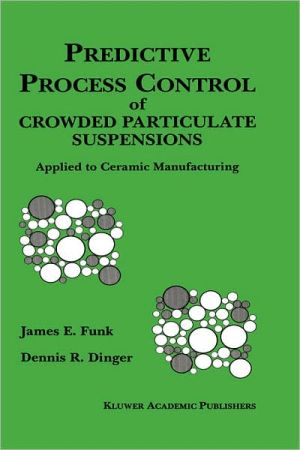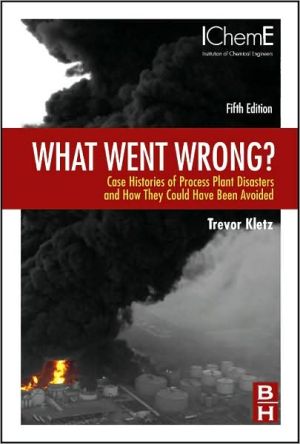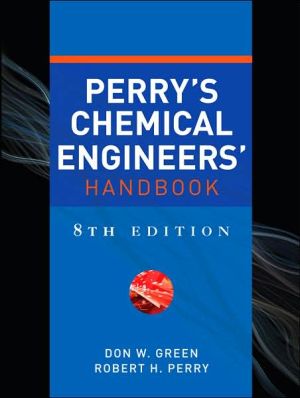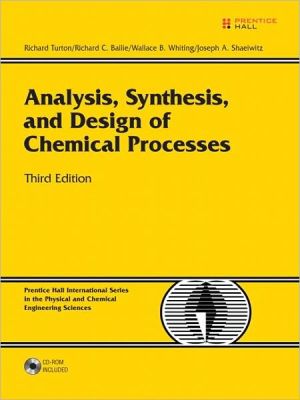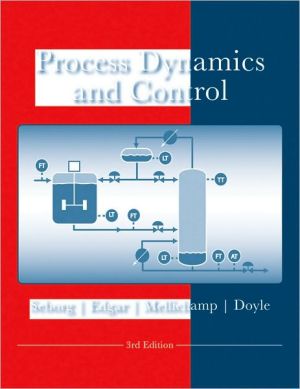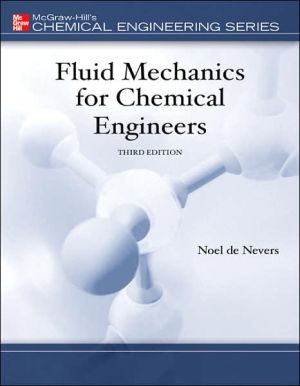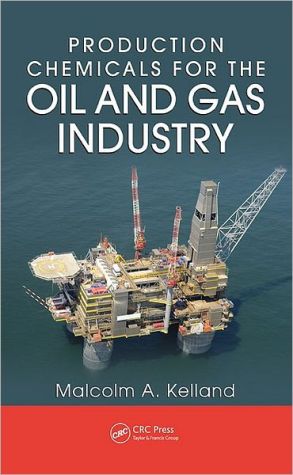Predictive Process Control of Crowded Particulate Suspensions: Applied to Ceramic Manufacturing
Written for ceramic process managers, engineers and technicians Predictive Process Control of Crowded Particulate Suspensions covers the cause and effect relationships between fundamental particle physics of powders, fundamental interparticle chemistry in suspensions, and the resulting rheology of crowded suspensions. It then applies these fundamentals to ceramic forming processes and explains why variations in performance occur and how to correct for them.\ Predictive Process Control (PPC)...
Search in google:
Written for ceramic process managers, engineers and technicians Predictive Process Control of Crowded Particulate Suspensions covers the cause and effect relationships between fundamental particle physics of powders, fundamental interparticle chemistry in suspensions, and the resulting rheology of crowded suspensions. It then applies these fundamentals to ceramic forming processes and explains why variations in performance occur and how to correct for them. Predictive Process Control (PPC) is a new approach to identifying variations in the properties of raw materials used in ceramic manufacturing and controlling the response of a ceramic composition before it is released to production. Compared to the old method of constant amounts of varying raw materials, this new method provides constant percentages of key properties of those raw materials. It has been tested to good effect with very substantial improvement in quality and percent yield, and it is also being used to profile raw material deposits for future exploitation. An authoritative and comprehensive reference on PPC, Predictive Process Control of Crowded Particulate Suspensions is an invaluable resource for technical managers, production engineers and technicians in any manufacturing enterprise which utilizes crowded particulate suspensions. Booknews Predictive Process Control (PPC) is a new approach to identifying variations in the properties of raw materials used in ceramic manufacturing and to controlling the response of a ceramic composition before it is released to production. For ceramic process managers, engineers, and technicians, this volume covers the cause and effect relationships between fundamental particle physics of powders, fundamental interparticle chemistry in suspensions, and the resulting rheology of crowded suspensions. It then applies these fundamentals to ceramic-forming processes and explains why variations in performance occur and how to correct for them. Annotation c. Book News, Inc., Portland, OR (booknews.com)
List of FiguresList of TablesPrincipal SymbolsForewordPrefaceAcknowledgementsCh. 1Introduction to Predictive Process Control1Ch. 2Introduction to Particle Physics19Ch. 3Introduction to Particle Size Analysis23Ch. 4Review of Packing in Polydisperse Particle Systems37Ch. 5Fundamentals of Particle Packing, Monodisperse Spheres59Ch. 6Derivation of the Dinger-Funk Particle Size Distribution Equation75Ch. 7Packing of Discrete versus Continuous Particle Size Distributions85Ch. 8Computer Modelling of Particle Packing Phenomena95Ch. 9Computational Methods Applied to Experimental Distributions105Ch. 10The Particle Crowding Index (PCI) and the InterParticle Separation Distance (IPS)121Ch. 11Surface Area147Ch. 12Porosity and Pore Size Distribution153Ch. 13Reaction Paths During Firing157Ch. 14Introduction to Interparticle Chemistry171Ch. 15Van der Waals Energy of Attraction173Ch. 16The Electrical Double Layer187Ch. 17The Role of the Liquid Medium199Ch. 18Chemical Additives for Forming Processes211Ch. 19Introduction to the Rheology of Crowded Suspensions231Ch. 20Viscosity and Rheology235Ch. 21Shear-Thinning and Dilatant Rheologies253Ch. 22A Computer Model for Rheology: Proving the Existence and Cause of Dilatancy277Ch. 23Introduction to Ceramic Forming Processes323Ch. 24Practical Rheology327Ch. 25Milling or Comminution373Ch. 26High Intensity Mechanical Dispersion (HID)395Ch. 27Slip Preparation and Data Interpretation415Ch. 28Stability of Suspensions445Ch. 29A Model for Controlled Drying and Firing Shrinkage455Ch. 30Slip Casting at Atmospheric Pressure463Ch. 31Filter Pressing Effects Due to HID481Ch. 32Spray Drying and Dry Pressing507Ch. 33Extrusion and Extruders517Ch. 34Plastic Forming547Ch. 35Very High Solids Castable Refractories561
\ BooknewsPredictive Process Control (PPC) is a new approach to identifying variations in the properties of raw materials used in ceramic manufacturing and to controlling the response of a ceramic composition before it is released to production. For ceramic process managers, engineers, and technicians, this volume covers the cause and effect relationships between fundamental particle physics of powders, fundamental interparticle chemistry in suspensions, and the resulting rheology of crowded suspensions. It then applies these fundamentals to ceramic-forming processes and explains why variations in performance occur and how to correct for them. Annotation c. Book News, Inc., Portland, OR (booknews.com)\ \
